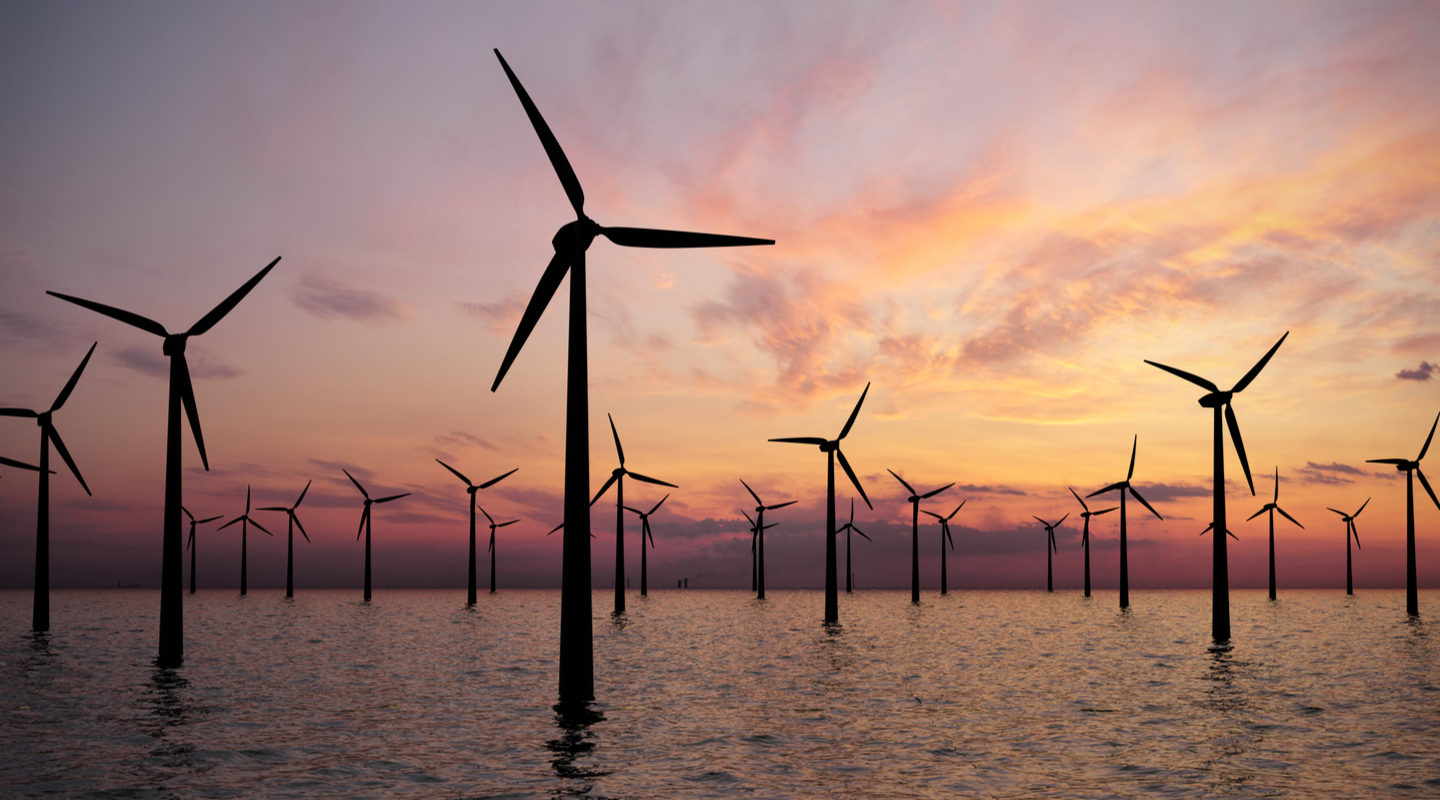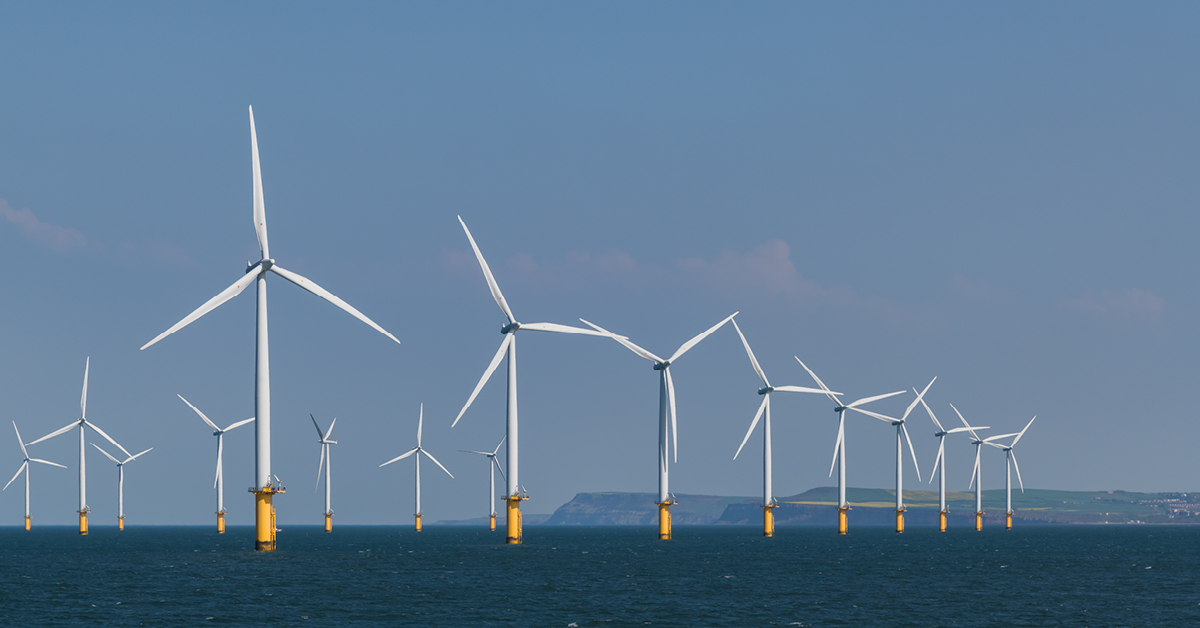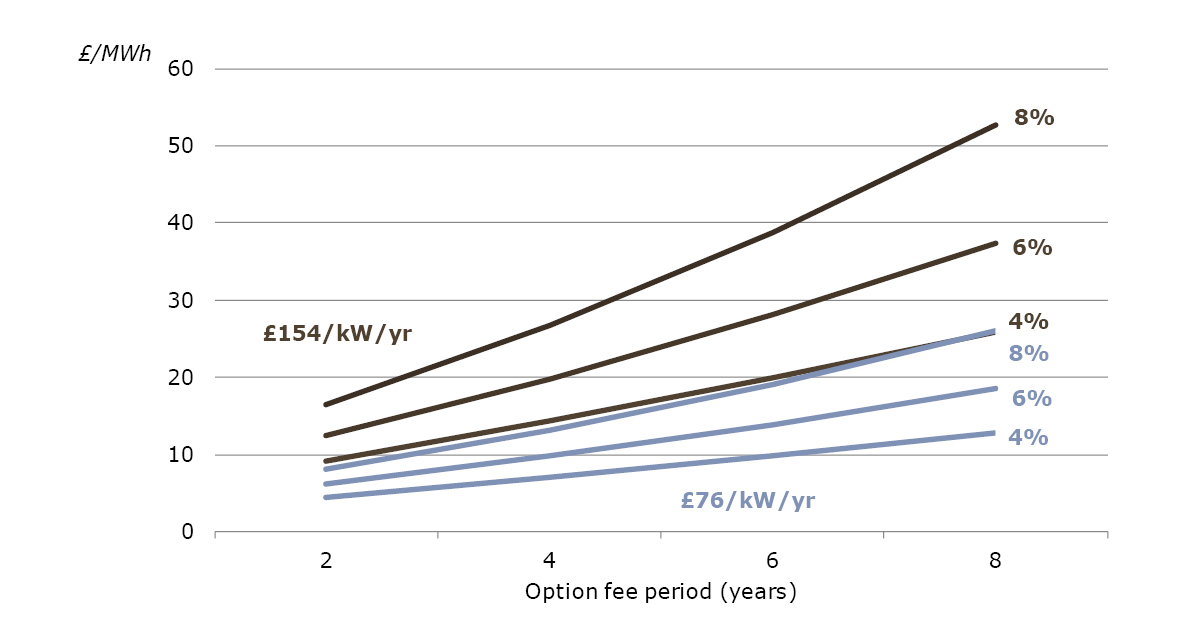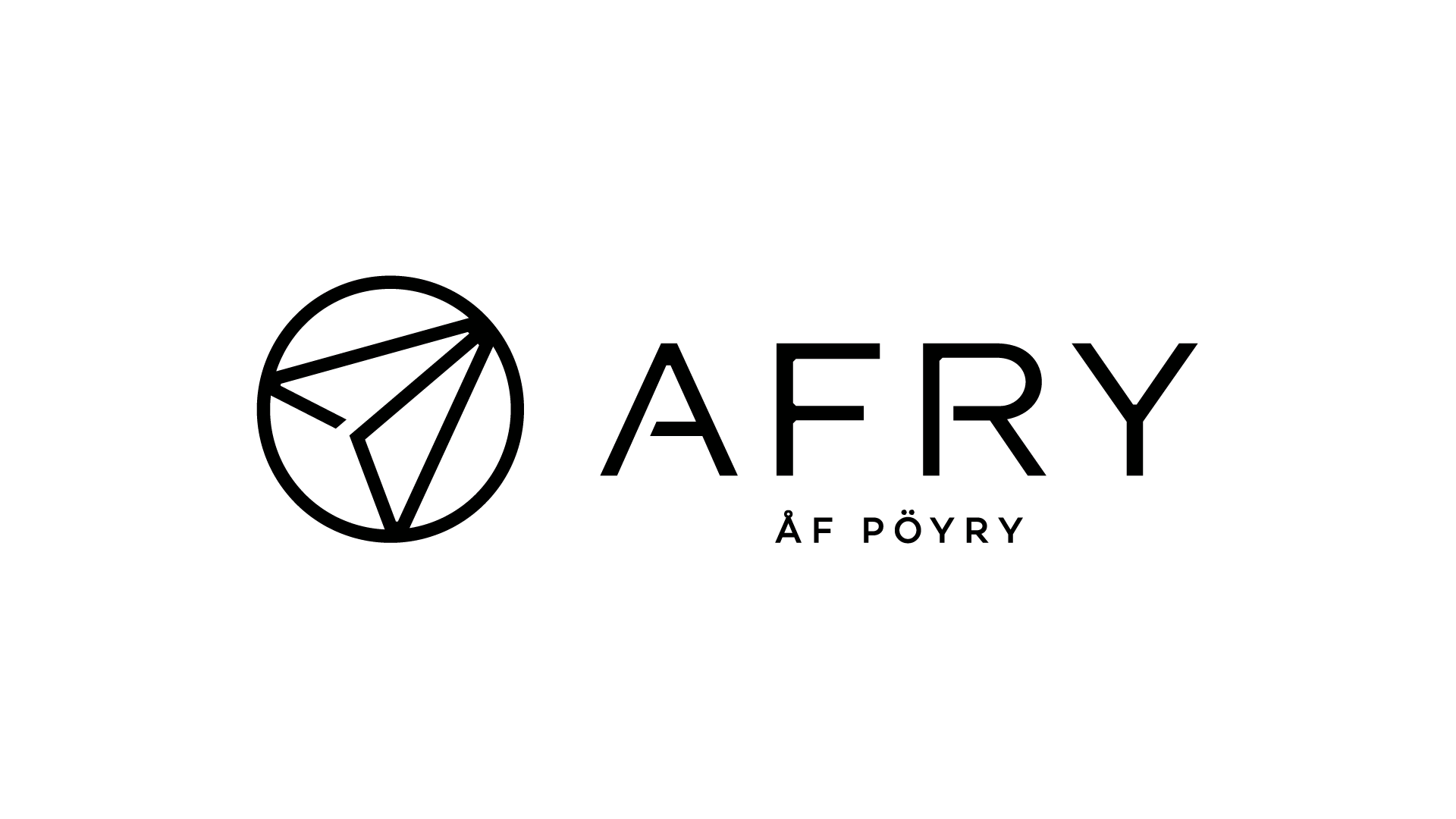
Who will pay the price of entering the UK offshore wind sector?
Offshore wind developers have bid high prices to secure offshore development rights
The Crown Estate recently announced the results of its Round 4 Offshore Wind Leasing process, for the granting of offshore wind development rights for areas of sea bed. For the first time, a competitive auction process was used to award these development concessions. The option fees bid by the winning bidders have been published, and appear at first sight to be relatively high. This article looks at the impact of these on the overall economics of an offshore wind project.

Bidders committed to a fixed annual option fee but for an uncertain number of years
The Crown Estate designed a complex ‘pay-as-bid’ auction process whereby bidders selected areas of sea bed from pre-defined zones, and bid the annual option fee they were willing to pay for developments rights for the selected areas. Six bids were selected, representing around 8GW of potential capacity in total. The winning bids ranges from £76/kW/yr to £154/kW/yr.
It is important to understand what rights the winning bidders have secured, and what are the associated payment obligations to The Crown Estate. First of all, the selected areas will undergo a Habitat Regulations Assessment by the Crown Estate, to ensure there are no significant adverse impacts of sensitive nature conservation sites. If mitigation measures are required, this could increase costs for the developer. In the worst case, the project could be cancelled and the developer would lose its deposit (equal to the first year option fee).
Once this stage is completed, the developer enters into an Agreement for Lease with The Crown Estate. The developer then has the right to develop the project further, on paying the annual option fee. During this period, the developer must apply for and secure planning consent, and secure a grid connection – this process will take a number of years.
When the project is ready to commence construction, the developer can exercise its option and enter into a 60-year lease with The Crown Estate. At this point it no longer needs to pay the annual option fee, but instead becomes liable for an annual rental payment – during construction this is around £0.90 per MWh of minimum expected production, and during operation it is 2% of gross revenue (subject to certain minima).
Given the high option fees resulting from the auction, developers will clearly be incentivised to minimise the period for which they are paying the fee, and so will seek to reach final investment decision as soon as possible. The Crown Estate information memorandum estimated that from the end of the Habitats Regulation Assessment to exercise of the option could take 7 years (and developers are required to exercise in less 10 years). At least one of the winning bidders has stated that it expects to progress to financial close relatively quickly.
The option fees will significantly add to a project’s levelised cost of energy
The levelised cost of energy (LCOE) of an electricity generation project is a measure of the total lifetime cost of energy production (in £/MWh), taking account of development costs, capital costs, and operating costs. It is derived by dividing the present value of expected costs by the present value of total lifetime generation, where present values are calculated using the applicable discount rate (for example the investors required rate of return). We have estimated the impact of the option fee on the LCOE of a project, taking the lowest winning bid (£76/kW/yr) and the highest (£154/kW/yr). In each case we have varied the key drivers of discount rate and length of time for which the option fee is payable. (We have assumed a constant capacity factor of 55% and construction period of 3 years.)

The chart shows the incremental impact on the LCOE of a project. For example, if the project with the £154/kW/yr option fee takes 4 years to get to financial close, and has a 6% project return expectation, then the impact of four years of option fees is to increase the LCOE by £20/MWh. If the £76/kW/yr project takes 8 years and has a return expectation of 8%, then the LCOE increase is around £26/MWh.
By way of comparison, the most recent CfD auctions for offshore wind cleared at just below £50/MWh in today’s money, suggesting an overall LCOE of around this level for projects bidding in that auction. (The auction clearing price will not exactly match a project’s LCOE for various reasons, but is probably a reasonable proxy.) It is clear that the options fees bid into the auction will significantly increase the LCOE of the winning projects.
Who will ultimately bear these costs?
A key question is who will ultimately bear the costs of these option fees. We expect that these projects will seek subsidy support through the Contracts for Difference support scheme. Developers may be hoping that they can recover the option fee costs through their bids into the relevant CfD auction. However the option fees will be a sunk cost at that point, and the ability of developers to recover them through higher bids into the CfD auction will depend on the competitiveness of the relevant auction (and also the level of the bid cap set by the Government). It is also worth mentioning that the Government has issued a call for evidence which could affect the design of future CfD auctions, and could expose generators to more risk.
If generators are able to recover option fee costs through higher CfD strike prices, this cost will effectively be passed through to electricity consumers, as CfD subsidies are funded by a levy on end user bills. This would result in a situation where the option fees received by Government are effectively funded by a tax on end users.
The alternative is that the option fees are effectively funded by the shareholders of the developer companies, in the form of lower than expected return on investment. Many of the winning bidders are relatively new entrants into the UK offshore wind development sector, and may have made a strategic decision to accept lower returns in order to gain a foothold in a market with a significant growth trajectory both in the UK and worldwide.
If you have any questions, please get in touch with Ali Lloyd.

